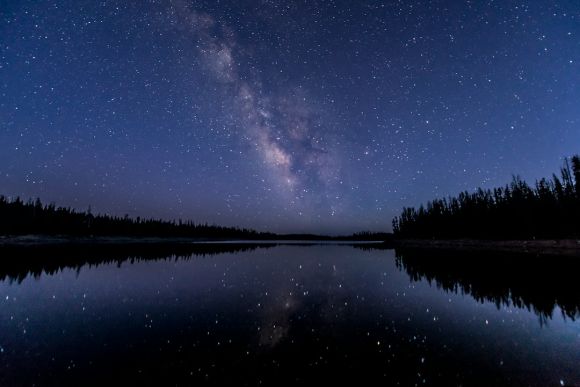Nestled in the heart of Turkey, Cappadocia is a mesmerizing destination renowned for its unique landscapes and rich historical sites. But beyond its fascinating geological formations and ancient cave dwellings, Cappadocia offers something truly magical for astronomy enthusiasts – a clear and unpolluted night sky that is perfect for stargazing. In this astronomer’s guide to the night sky in Cappadocia, we will explore the celestial wonders that await you and the best spots to observe them.
The Dark Skies of Cappadocia
Cappadocia’s remote location and low light pollution make it an ideal destination for stargazers. The absence of city lights allows the night sky to reveal its full glory, with countless stars and celestial objects visible to the naked eye. The region’s dry climate and high altitude also contribute to the clarity of the night sky, providing astronomers with exceptional viewing conditions.
The Constellations of Cappadocia
One of the joys of stargazing in Cappadocia is the opportunity to observe the constellations that have captivated humans for centuries. The ancient Greeks, for example, named many of the constellations visible in the northern hemisphere, and their stories and myths continue to inspire us to this day.
Among the prominent constellations visible in Cappadocia is Orion, the hunter. With its distinctive belt of three bright stars, Orion is easily recognizable and can be seen during the winter months. Just below Orion lies Canis Major, the great dog, with its brightest star, Sirius, often referred to as the “Dog Star.”
Another notable constellation is Ursa Major, the great bear, also known as the Big Dipper. This constellation is visible year-round in Cappadocia and is particularly prominent during the spring and summer months. The Big Dipper is an essential navigational tool, pointing towards the North Star, Polaris.
Cappadocia’s Celestial Events
In addition to the constellations, Cappadocia offers the opportunity to witness several celestial events throughout the year. One of the most awe-inspiring events is the Perseid meteor shower, which occurs annually in mid-August. During this time, the night sky is filled with shooting stars, creating a breathtaking display that is worth planning a trip around.
Another celestial event to look out for is the lunar eclipse. As the Earth passes between the Sun and the Moon, the Moon can turn a deep red or copper color during a total lunar eclipse. The next lunar eclipse visible in Cappadocia will occur on November 19, 2021, providing a spectacular sight for those lucky enough to witness it.
Best Spots for Stargazing in Cappadocia
While stargazing can be enjoyed from almost anywhere in Cappadocia, there are a few spots that offer an even more immersive experience. The Göreme National Park, a UNESCO World Heritage Site, is a popular choice due to its unique rock formations and wide-open spaces. This location provides an excellent vantage point for observing the night sky and capturing stunning astrophotography.
Another recommended spot is the Uçhisar Castle, a prominent landmark in Cappadocia. Perched atop a volcanic rock, the castle offers panoramic views of the surrounding area, including the night sky. Climbing to the top of the castle provides an elevated position away from any potential light pollution, allowing for an unobstructed view of the stars.
Tips for Stargazing in Cappadocia
To make the most of your stargazing experience in Cappadocia, here are a few tips to keep in mind:
1. Timing is crucial: Plan your visit during a new moon or a moonless night to minimize the moon’s brightness and enhance the visibility of stars and other celestial objects.
2. Dress warmly: Cappadocia’s desert-like climate can result in cold nights even during the summer. Layer your clothing and bring blankets to keep warm while stargazing.
3. Use a star chart or mobile app: Familiarize yourself with the constellations and celestial objects visible in Cappadocia using a star chart or a mobile app. This will make it easier to identify and appreciate what you see.
4. Bring binoculars or a telescope: While stargazing can be enjoyed with the naked eye, bringing binoculars or a telescope will enhance your experience and allow you to observe celestial objects in greater detail.
In conclusion, Cappadocia offers a unique and enchanting experience for astronomers and stargazing enthusiasts. From its dark skies and prominent constellations to its celestial events and breathtaking landscapes, this region in Turkey is a haven for those seeking to explore the wonders of the night sky. So, pack your telescope, plan your visit, and prepare to be mesmerized by the celestial beauty that awaits you in Cappadocia.





